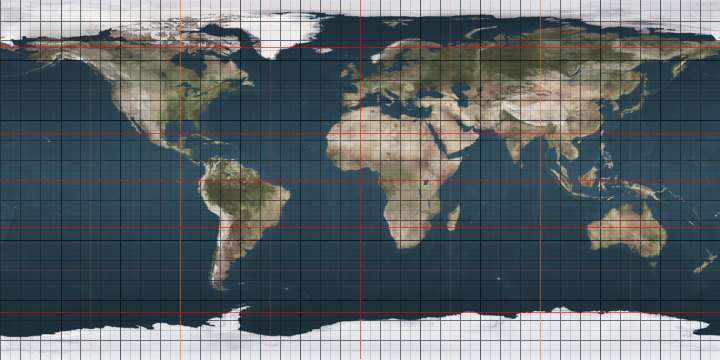58th parallel north

The 58th parallel north is a circle of latitude that is 58 degrees north of the Earth's equatorial plane. It crosses Europe, Asia, the Pacific Ocean, North America, and the Atlantic Ocean.
At this latitude the sun is visible for 18 hours, 11 minutes during the summer solstice and 6 hours, 27 minutes during the winter solstice.[1]
Around the world
Starting at the Prime Meridian and heading eastwards, the parallel 58° north passes through:
Climate
In general this parallel sees significant differences in temperature and precipitation with proximity to warm ocean currents. The moderation from the Gulf Stream ensures a moderate oceanic climate in much of Western Europe and on the immediate coastline of Alaska, whereas moving inland on continental masses, the subarctic climates are dominant as the dark winters dominate the temperature cycle. In the transitional area of Sweden this latitude sees both warm summers and snowy winters around the freezing point.
Where cold ocean currents dominate such as near the Hudson Bay the climate is polar, rendering in severe winter conditions and very subdued summers. This type of climate is seen in the surroundings of Inukjuak in Quebec, Canada, where the sea ice eliminates winter moderation, but the thawing of the cold water renders in very cool summers as well. In more hypercontinental cold areas such as these winters commonly go below −30 °C (−22 °F) even during the day. Further west in inland areas winters are often as severe, but summers average above 22 °C (72 °F), similar to Sweden and western Russia, where climates are much gentler.
